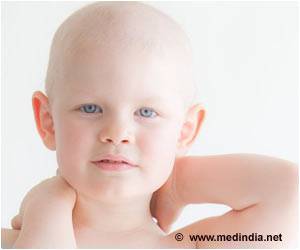
‘Racial disparity was observed within patients with HIV and Hodgkin lymphoma. In such cases, blacks were at significantly higher risk than whites of not receiving treatment for the cancer that in many cases would be effective.’
Tweet it Now
Lead author Dr. Adam Olszewski, associate professor of medicine in the Alpert Medical School of Brown University and a physician in the Cancer Center of Memorial Hospital in Pawtucket, R.I, said, "Black patients have higher rates of not receiving treatment. Hodgkin lymphoma is generally believed to be highly curable. We have an expectation to cure over 90% of early stage patients and even 70-80% of quite advanced cases." Olszewski’s study is published in AIDS.
While the disparity is clear, Olsewski said, "The root cause of it is not. Several closely entangled epidemiological, socioeconomic, and medical factors are at play."
Olszewski further added, "Doctors have had a muddy sense of whether HIV-positive people with Hodgkin lymphoma survive the cancer as well as people who are HIV-negative. Many HIV-positive patients didn’t tolerate an older treatment regime for the lymphoma, but chemotherapy treatment has vastly improved in more recent years. While some small studies, particularly in Europe, have found that HIV status makes no difference to survival, observations in the U.S. population suggest that being HIV-positive makes survival less likely."
The new study, the largest to date, may reconcile that conflict. It shows that in the United States the reason people with HIV seem to fare worse with the cancer is because they are less likely to be treated for it.
Advertisement
Importantly, further statistical analysis showed that one of the main risk factors for an HIV-positive person going untreated was being black. Statistically adjusting for possibly confounding factors, HIV-positive blacks were 67% more likely than HIV-positive whites to go untreated for the lymphoma. Other risk factors, which are often related to race, were low income and lacking health insurance. Another was being over 60 years of age.
Advertisement
Olszewski said, "For patients who have HIV and Hodgkin lymphoma, treatment can be effective and tolerated, especially when the lymphoma subtype is known, but doctors should understand that some patients many need extra assistance or attention to ensure they connect with that care."
To date, his study suggests, it’s apparent that some people who should get treatment aren’t getting it.
Source-Eurekalert















